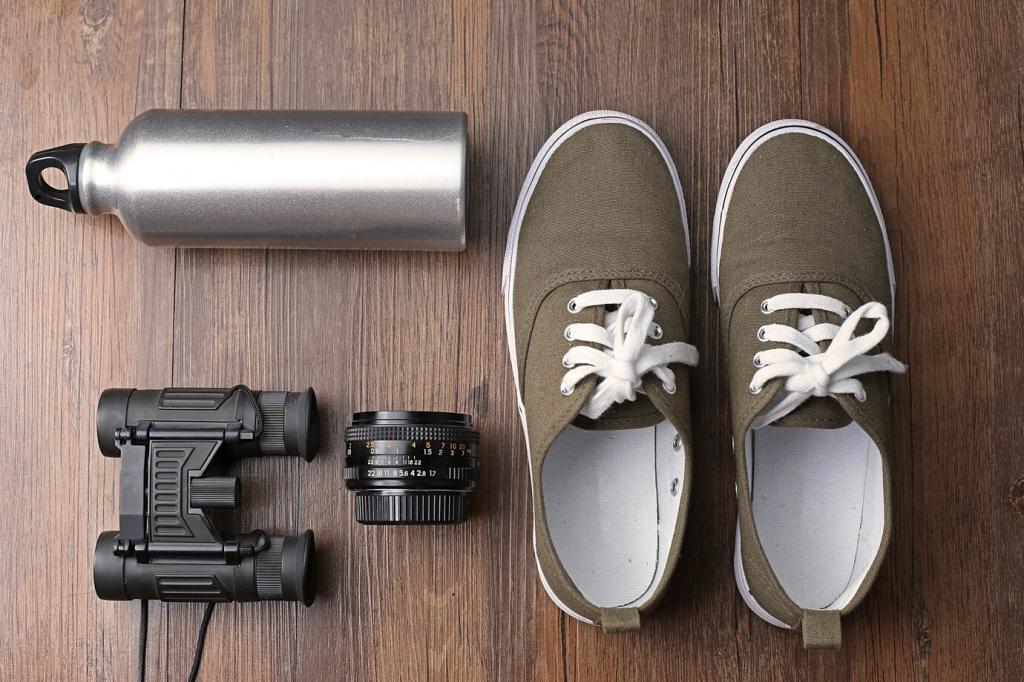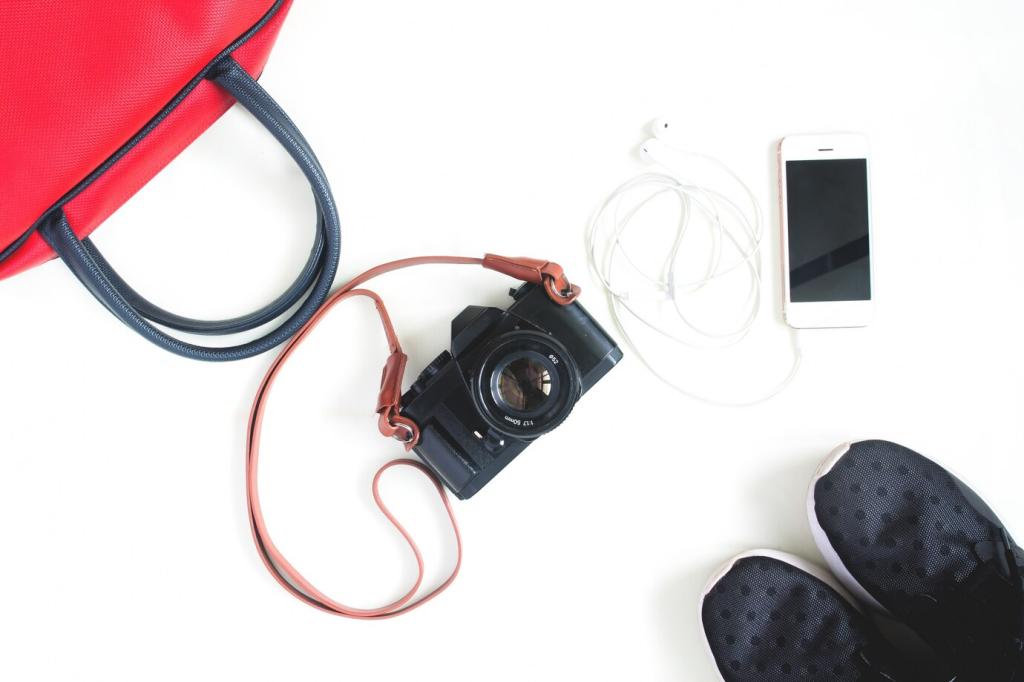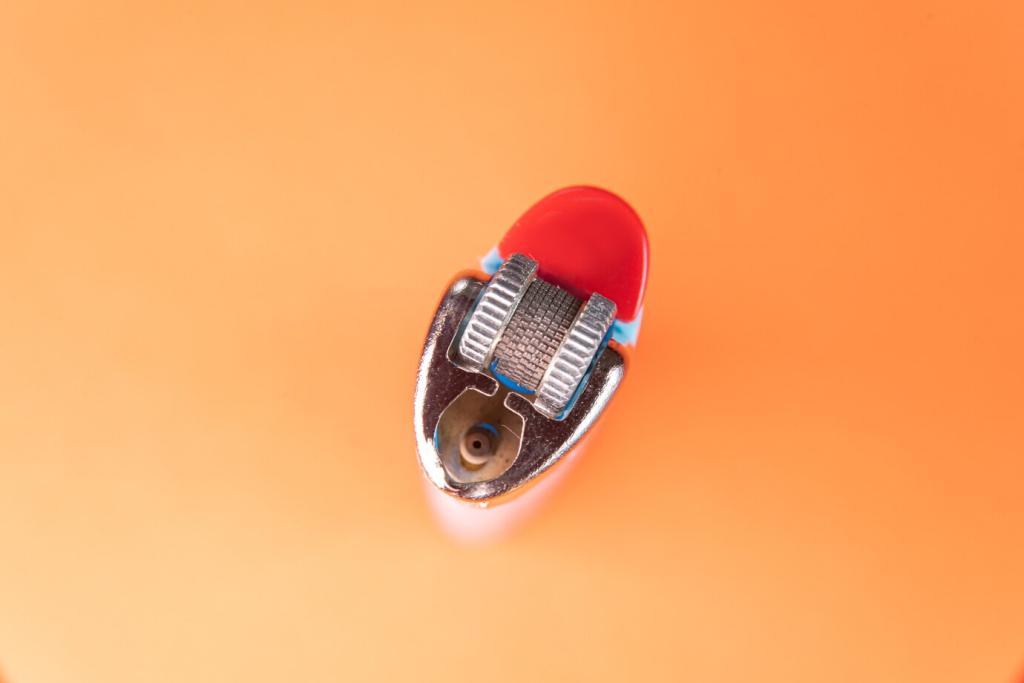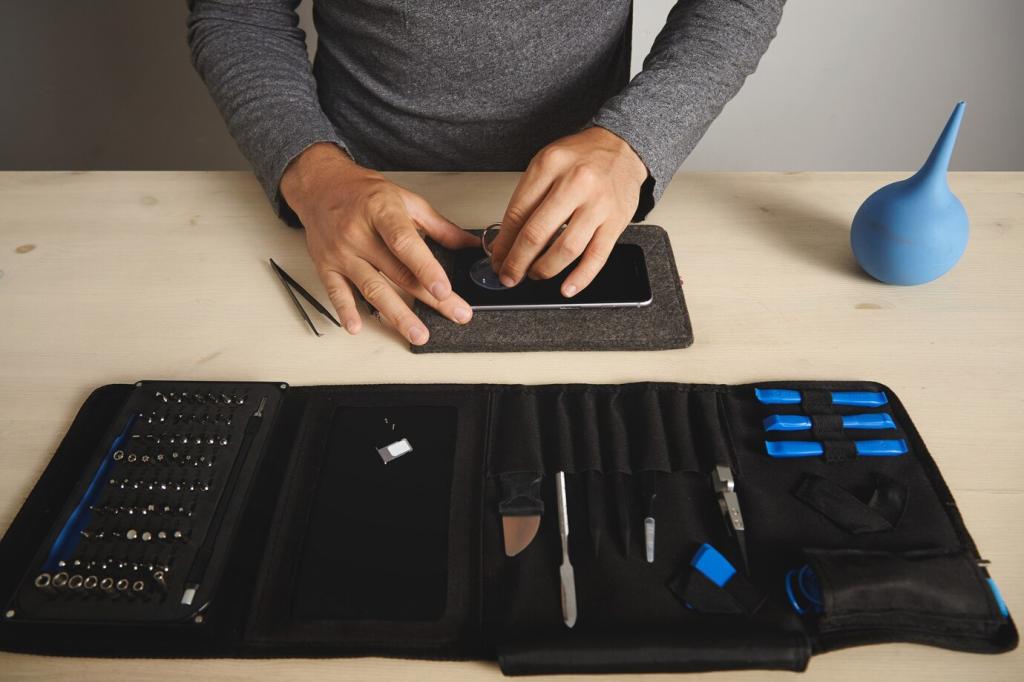
Easy Knit Accessories for New Knitters
Discover the world of knitting with ease and confidence. Whether you’re just picking up your first pair of needles or seeking your next project, this page is tailored for newcomers. Dive into beginner-friendly accessories that not only boost your skills but offer satisfying results. With each section, you’ll learn tips, common choices, and easy-to-follow advice that transforms yarn into wearable, stylish accessories. Explore cozy creations that make perfect gifts or additions to your own collection. Start your knitting journey here and experience the joy of homemade accessories, made simple.

The humble scarf is perhaps the ultimate beginner project, offering endless opportunity to repeat and reinforce the knit stitch. Working in long, straight rows, new knitters can focus on developing an even tension and familiarizing themselves with fundamental techniques. Scarves are also wonderfully adaptable: choose a soft, chunky yarn for quick results or a lighter fiber for an accessory you can wear all year round. Mistakes are simple to correct, and the repetitive motion leads to mastery. Not only will you gain confidence, but you’ll also have a warm, handmade accessory to flaunt or gift by the end.

For those seeking instant gratification, headbands are a perfect option. Their small size means you can finish a project in a single sitting, which is immensely rewarding for beginners. Headbands introduce the basics of casting on, working rows, and binding off, all in a manageable project. With options for wide, narrow, twisted, or plain designs, you can easily experiment with texture and color. They’re versatile enough to wear year-round and make great gifts. Knitting a headband helps build skill while adding a fashionable touch to your accessory collection, making it a fantastic first accomplishment.

Cowls merge the simplicity of a scarf with the coziness of a snug neck covering. This project introduces knitters to knitting in the round or sewing seams, depending on the pattern you select. Cowls are forgiving for beginners, particularly when made in chunky yarn that hides minor imperfections. The repetition of stitches ensures practice with technique, while the compact size allows for quicker finishes than a traditional scarf. Cowls keep the process exciting, and the finished product is a warm, stylish accessory that pairs with nearly any winter outfit. By completing a cowl, you gain experience and create something you’ll be proud to wear.
Yarn Selection: Embracing Simplicity
When learning, it’s best to start with a smooth, medium-weight yarn, often labeled as “worsted” or “aran.” These yarns are easy to see and manipulate, making it simple to identify and correct mistakes. Avoid novelty textures, which can be tricky for fingers that are still developing muscle memory. Solid or lightly variegated shades help your stitches stand out, providing a clear visual as you learn. Natural fibers like wool or blended yarns offer a balance of warmth and ease, but synthetics are also beginner-friendly for ease of washing and durability. The appeal of a color you love shouldn’t be underestimated either, as your excitement will grow with every row you complete.
Needles: Size and Material Matter
Beginner knitters often do best with medium-sized needles, such as US size 8 (5mm). This size is comfortable to hold and works well with most entry-level yarns. Wooden or bamboo needles are less slippery than metal varieties, which helps keep stitches from sliding off unintentionally. Their gentle grip provides better control and reduces hand fatigue. As you progress, you can experiment with different needle types and sizes, but sticking to accessible, easy-to-grip needles gives you a solid start. Investing in a pair of reliable needles tailored to your comfort can make all the difference in your early knitting experiences.
Combining Yarn and Needle Choices
Pairing the right yarn with your needles is essential for maintaining even stitches and a pleasant knitting rhythm. Too large a needle for a thin yarn leads to loose, gap-filled fabric, while tiny needles with thick yarn can be strenuous and awkward. For accessories like scarves, cowls, and headbands, a good match between yarn and needle size ensures your finished piece has the right weight and drape. Take time to review labels and recommendations, but don’t fear a bit of experimentation. The ideal pairing lets you make steady progress, learn faster, and enjoy more consistent results as you build your skills and create beautiful knitted accessories.
Previous slide
Next slide
Mastering Basic Stitches
The Knit Stitch: Your Foundation
The knit stitch is the cornerstone of most beginner patterns. Mastering this motion involves bringing yarn from the back to the front of your needle, forming a neat, simple loop. Repetition helps your hands develop muscle memory, and soon, you’ll notice your stitches becoming consistent and even. The knit stitch is forgiving of small errors, so beginners can learn at their own pace. Scarves, cowls, and headbands can all be worked entirely in knit, making this stitch the essential building block for multiple accessories. Practicing the knit stitch not only improves your technique but also gives you confidence to branch out into new patterns as your skills grow.
The Purl Stitch: Adding Texture and Interest
Once you’re comfortable with knitting, the purl stitch introduces a new texture and unlocks a host of patterns. Unlike the knit stitch, the purl brings your yarn to the front of the work, creating a bumpier appearance. Alternating between knit and purl rows produces ribbing, seed stitch, and other visually interesting fabrics, perfect for accessories with a bit more character. Learning to purl also sets the stage for following more complex instructions and interpreting patterns with ease. With every new row, your comfort level increases, giving you more control and expanding your knitting vocabulary. Adding the purl stitch to your arsenal empowers you to customize every accessory you create.
Combining Knit and Purl for Versatility
Working both knit and purl stitches together smoothly is a turning point for beginners. This combination allows you to venture into simple ribbing, basketweave, and textured patterns that elevate even basic accessories. Ribbed headbands fit snugly, seed stitch scarves feel plush and luxurious, and cowls worked in a combination of stitches offer impressive visual variety. The muscle memory needed to alternate stitches takes practice, but the results are rewarding. Blending these two fundamental motions opens up a universe of creative possibilities, ensuring no two accessories need ever look the same. As you synthesize these techniques, your confidence grows and so does your repertoire of beautiful, wearable projects.

